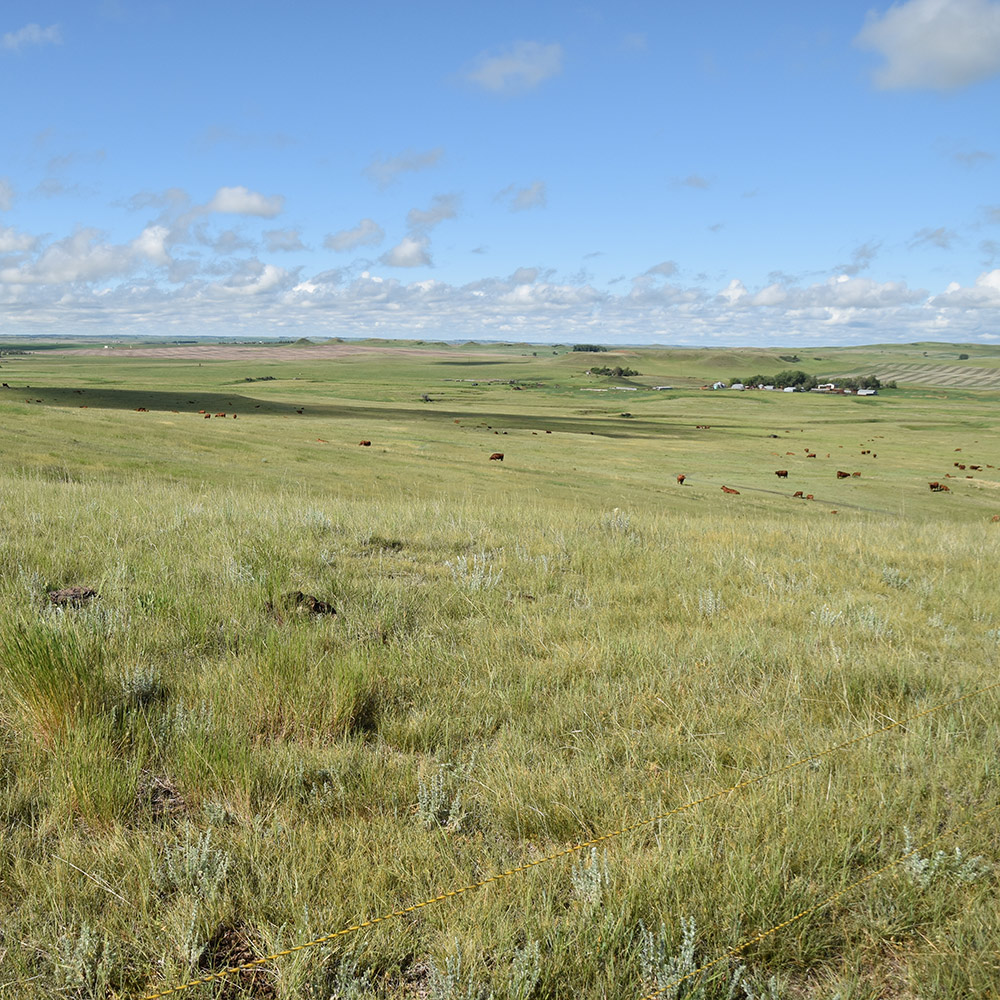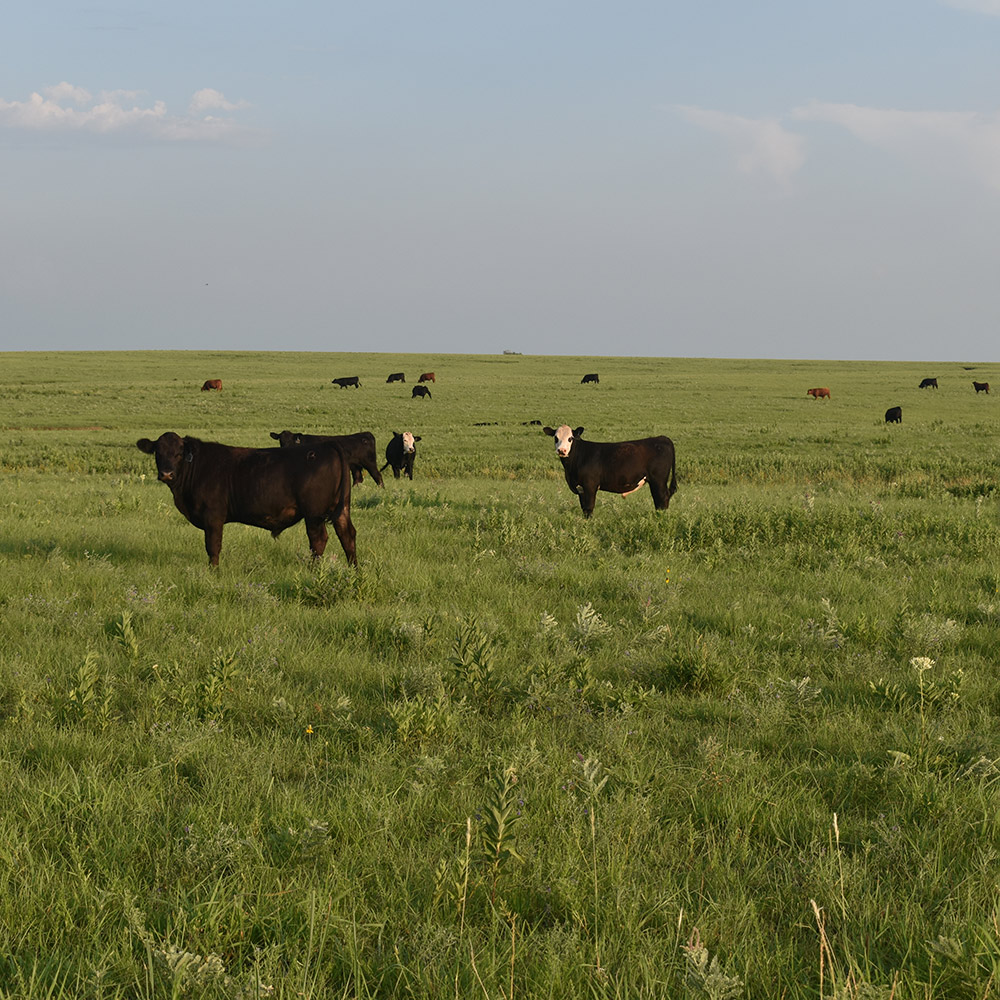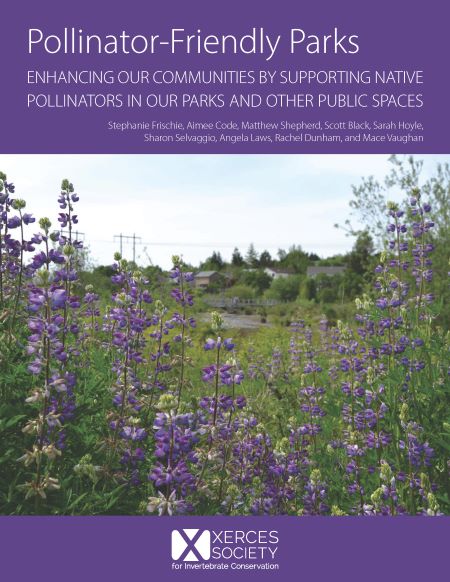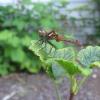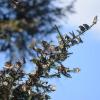Rangelands are some of the most iconic landscapes, celebrated in movies and literature. They are also highly diverse ecosystems that provide important ecological services, such as carbon sequestration, water filtration, erosion control, nutrient cycling, and recreational opportunities. The many species of grasses, sedges, wildflowers, and shrubs found on rangelands provide important forage for domestic livestock and wildlife such as bison, deer, elk, and pronghorn, and habitat for countless other wildlife species, including pollinators and beneficial insects.
Rangelands are important for native pollinators and beneficial insects because they provide vast, connected habitat. The diversity of wildflowers and flowering shrubs found on rangelands provide valuable food (pollen and nectar) resources for adult pollinators and beneficial insects throughout the growing season. Rangelands also offer nesting habitat for thousands of species of bees and provide host plants needed by hundreds of species of butterflies and moths. Woody debris and leaf litter that occurs naturally on rangelands provides excellent overwintering shelter and habitat for native pollinators and other beneficial insects.
In turn, pollinators and beneficial insects are vital components of a healthy rangeland ecosystem. Pollinators contribute to plant diversity by providing the essential service of pollination that many rangeland wildflowers, vines, and shrubs need to set seed and fruit to reproduce. These fruits and seeds provide food for many wildlife species. Beneficial insects, such as dung beetles, promote nutrient cycling and soil health on rangelands, while other insects, such as parasitoid wasps, provide pest control services. Invertebrates themselves are an excellent food source for wildlife, including game species such as pheasants, quail, and grouse.
What’s At Stake
Unfortunately, rangelands face multiple threats, including encroachment by urban development, fragmentation due to energy (oil, gas, and wind) development, and conversion to cropland. For example, from 2014 to 2018 in the Great Plains alone, conversion of native grasslands to cropland occurred at an average rate of four football fields every minute. With conversion to cropland, rangeland plants and the wildlife that depend on them are all lost. Previously vibrant landscapes lose huge numbers of species and the ecosystem services those wild species provide, including pollination services.
Much of the remaining rangelands in the U.S. are privately owned. Therefore, it’s vital that natural resource professionals and ranchers work together to conserve, manage, and protect our remaining rangelands.
Regional Resources: Great Plains Rangelands
Regional Resources: Western Rangelands
- Best management practices for pollinators on western public rangelands




